Redmi Note 9 Pro preview: The battery life champion of 2020
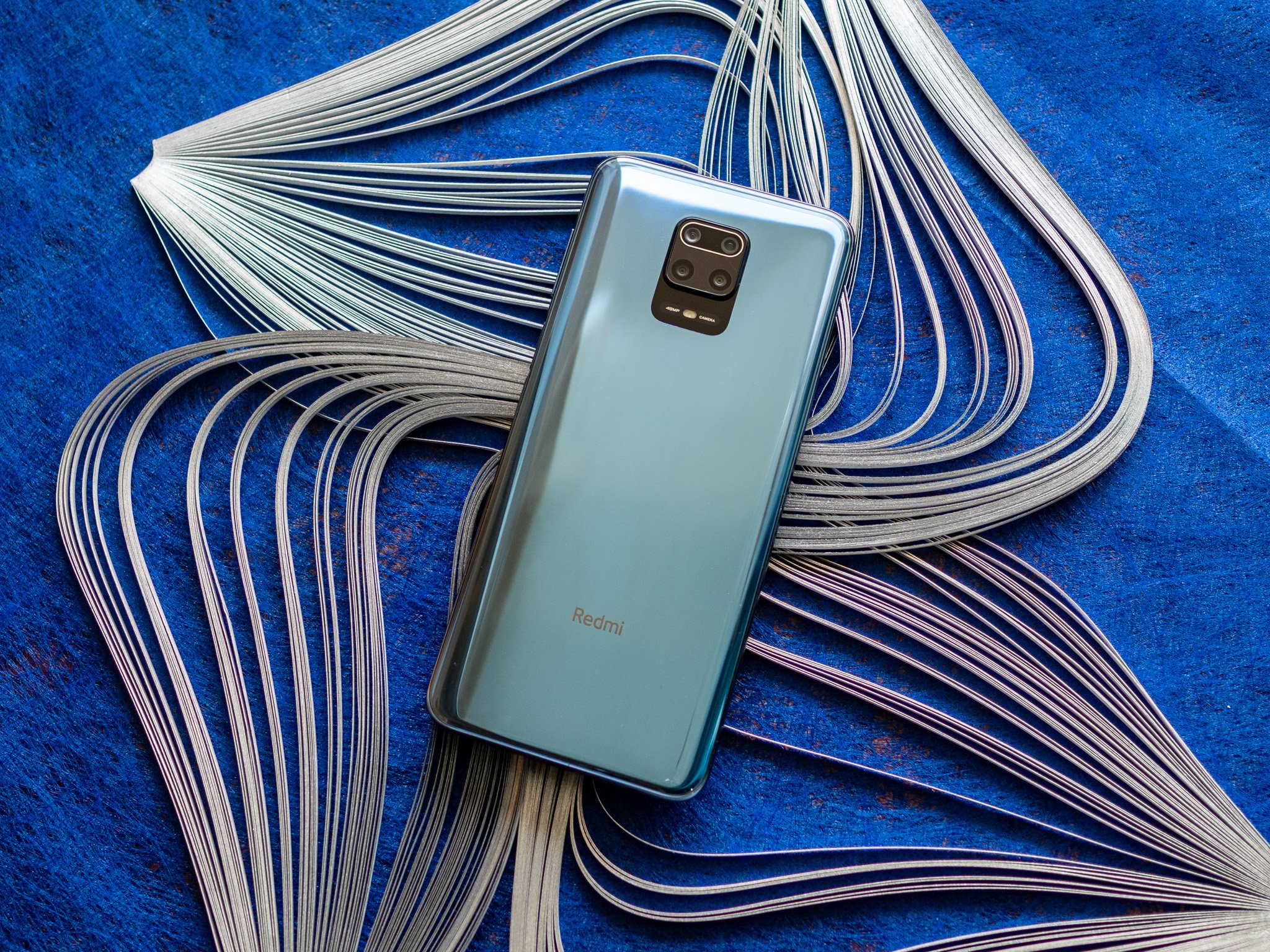
The Redmi Note series has a storied legacy. The Redmi Note 3 was the first phone with a Snapdragon 650 chipset. The Redmi Note 4 was the first phone in India to sell 10 million units. That momentum continued over the years, with the Redmi Note 7 Pro becoming the best-selling phone in India last year.
Xiaomi's rise is India was solely on the back of the Redmi Note series. Its phones were the default choice if you're in the market for a budget phone with robust hardware, and for the longest time, Xiaomi went unchallenged. The Chinese manufacturer doesn't have that freedom anymore. Realme has all the momentum in the budget category, and the BBK-owned brand has consistently managed to undercut Xiaomi in India over the last 15 months.
As such, the Redmi Note 9 Pro comes at a crucial time for Xiaomi. It needs to reassert its dominance in this category and show that it is still the brand to beat in the budget segment. Let's see if it has managed to do that.
Last year's Redmi Note 7 Pro introduced a new Aura design language, and the Redmi Note 8 Pro built on that aesthetic. The Redmi Note 9 Pro is a further evolution of that same theme, with the phone featuring a similar glass back. The phone is available in three color options — Aurora Blue, Glacier White, and Interstellar Black — and the blue option in particular stands out.
The bright hue combined with the new camera housing at the back gives the phone its own identity. Another interesting change this year is the fingerprint sensor. Xiaomi is offering a side-mounted sensor on the Redmi Note 9 Pro, similar to the one on the POCO X2.
This is the largest Redmi phone to date — it is nearly the same size as the Galaxy S20 Ultra.
While the design stands out, the first thing you notice when you pick up the Redmi Note 9 Pro is the sheer size. With dimensions of 165.7 x 76.6 x 8.8mm, the phone is one of the tallest and widest in the market today. For context, Samsung's gargantuan Galaxy S20 Ultra comes in at 166.9 x 76 x 8.8 mm. The Redmi Note 9 Pro is 1.2mm shorter, but 0.6mm wider.
The Redmi Note 9 Pro is also heavy at 209g, and this is not a phone that you'll be able to use one-handed — it's just too wide and tall for that. The reason for the bulk is the huge 5020mAh battery under the hood, the biggest Xiaomi has ever put in a phone.
Be an expert in 5 minutes
Get the latest news from Android Central, your trusted companion in the world of Android
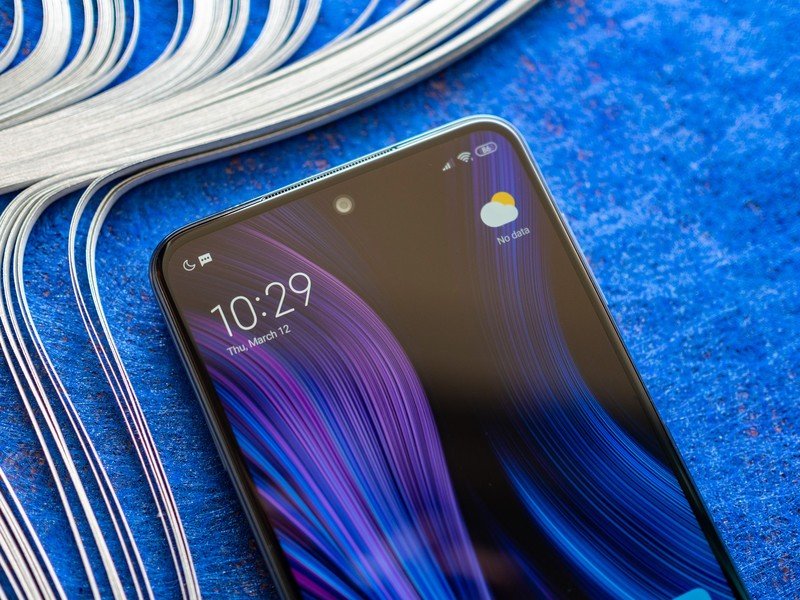

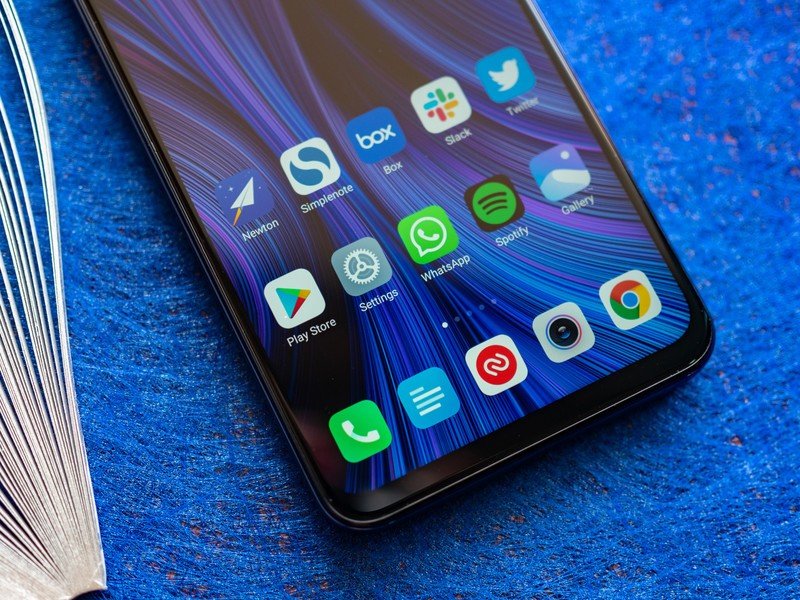
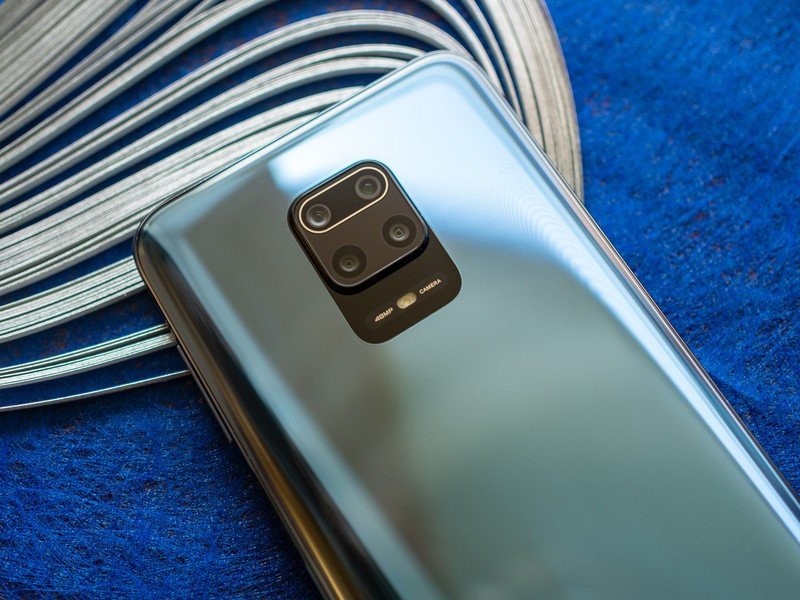
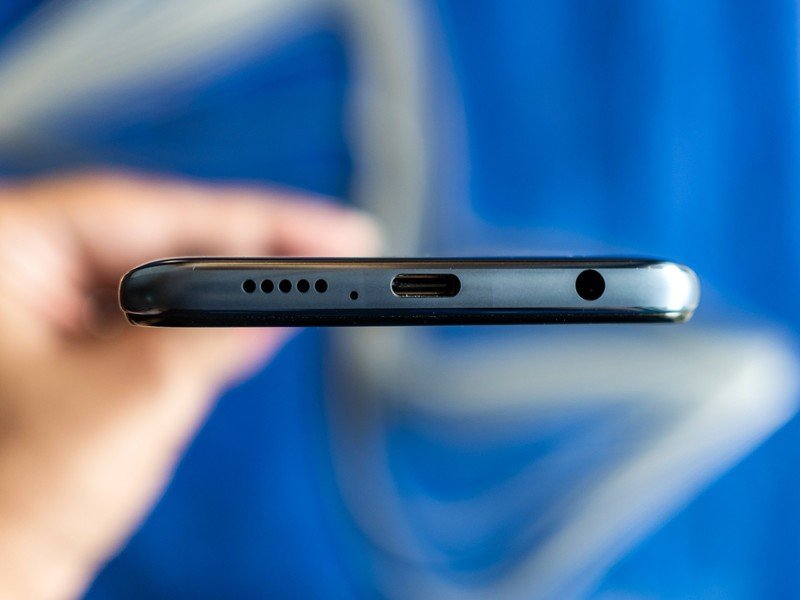
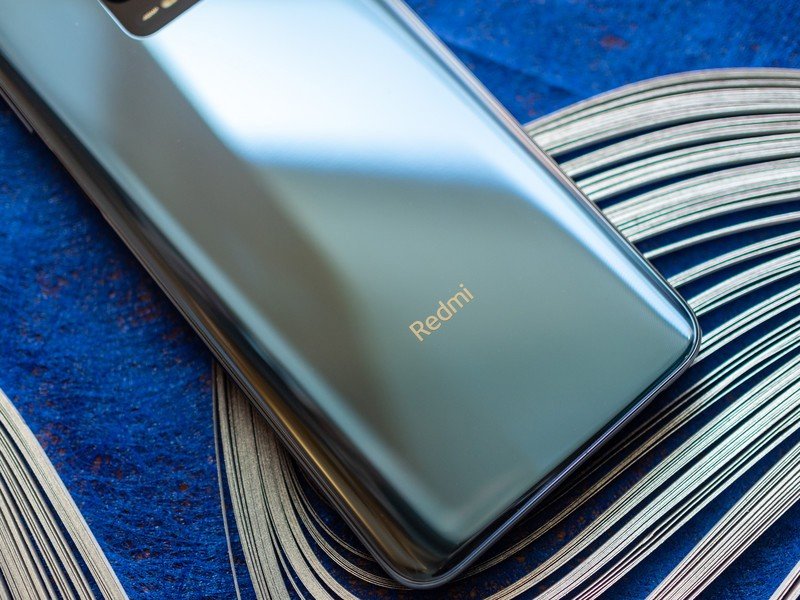
There's also a massive display this time, with the 6.67-inch IPS LCD panel retaining the FHD+ resolution as last year. However, the refresh rate is also unchanged at 60Hz, and with Realme offering 90Hz on its Realme 6 Pro, Xiaomi is on the back foot here. Xiaomi says it decided to continue with a 60Hz screen as there wasn't a lot of content in 90Hz — including apps and games — and if you want a phone with a 90Hz panel, at least there's an alternative available.
With a 5020mAh battery, the Redmi Note 9 Pro delivers better battery life than just about any other phone in 2020.
But there is one upside with the 60Hz display: battery life. Xiaomi has been offering 4000mAh batteries on its phones for several years, and it made the switch to a 4500mAh unit on last year's Redmi Note 8 Pro. The Redmi Note 9 Pro sees another upgrade in this area, with the phone touting a massive 5020mAh battery. I've been using the phone for just under a week now, and the battery life is phenomenal.
Xiaomi is touting 11 hours of PUBG playback, 200 hours of music playback, and a 20-day standby time. The 5020mAh battery easily manages to deliver over two days' worth of use consistently, and it has 18W fast charging. Like last year, Xiaomi is bundling an 18W charger in the box. If battery life is a priority, then the Redmi Note 9 Pro should obviously be at the top of your list.
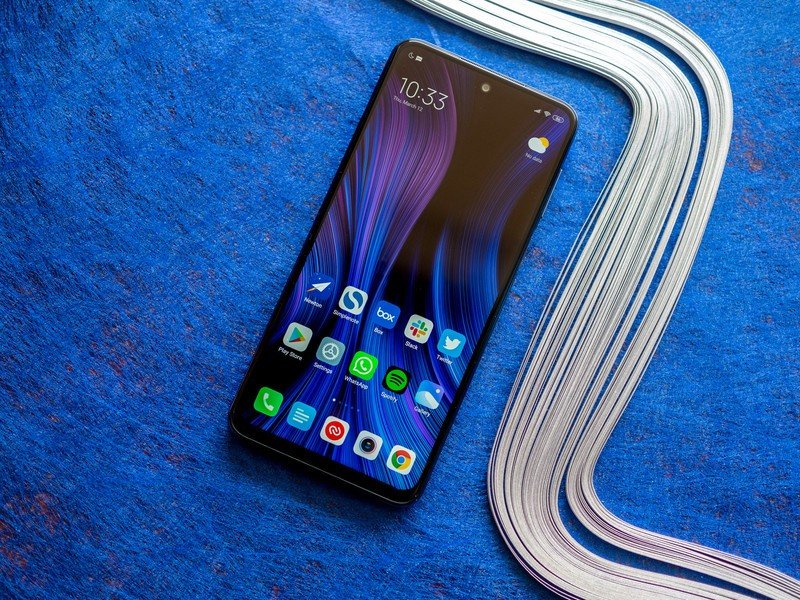
Let's talk about the hardware: Xiaomi's dalliance with MediaTek is over, and the Redmi Note 9 Pro is powered by the Snapdragon 720G. The chipset is a known quantity at this point, featuring two A76 cores at 2.3GHz and six energy-efficiency A55 cores at 1.80GHz. You also get the Adreno 618 GPU, with Xiaomi noting massive gains in performance from the Helio G90T that was used in the Redmi Note 8 Pro. I didn't see any slowdowns in day-to-day use, and in this category the Snapdragon 720G is a very decent option.
Xiaomi is touting significant efficiency and performance gains by switching to the Snapdragon 720G.
Coming to the storage side of things, Xiaomi is offering the Redmi Note 9 Pro in 4GB/64GB and 6GB/128GB configurations. Both variants feature LPDDR4X RAM and UFS 2.1 storage modules. Xiaomi hasn't messed too much with the basics either — you still get a 3.5mm jack, IR blaster, P2i coating, dual SIM card slot with a dedicated MicroSD slot, and Wi-Fi ac and Bluetooth 5.0 connectivity. Because the device is exclusive to the Indian market, you get limited LTE bands: 1/3/5/8/40/41. There is dual VoLTE and VoWiFi (Wi-Fi calling) as well, and both the front and back panes of glass are protected by Gorilla Glass 5.
The Redmi Note 9 Pro also comes with NavIC — India's take on GPS — out of the box. The phone will be able to lock in to a signal faster than traditional GPS, and should it not find a NavIC signal for whatever reason, GPS is available as a fallback option. On the software side of things, the phone is running MIUI 11 based on Android 10. MIUI 11 has a laundry list of features, and it has a more modern design that gives the UI a much-needed makeover.
Interestingly, Xiaomi is also debuting a Redmi Note 9 Pro Max with beefier hardware, including a 64MP camera at the back and 33W fast charging, with the 33W charger included in the box.
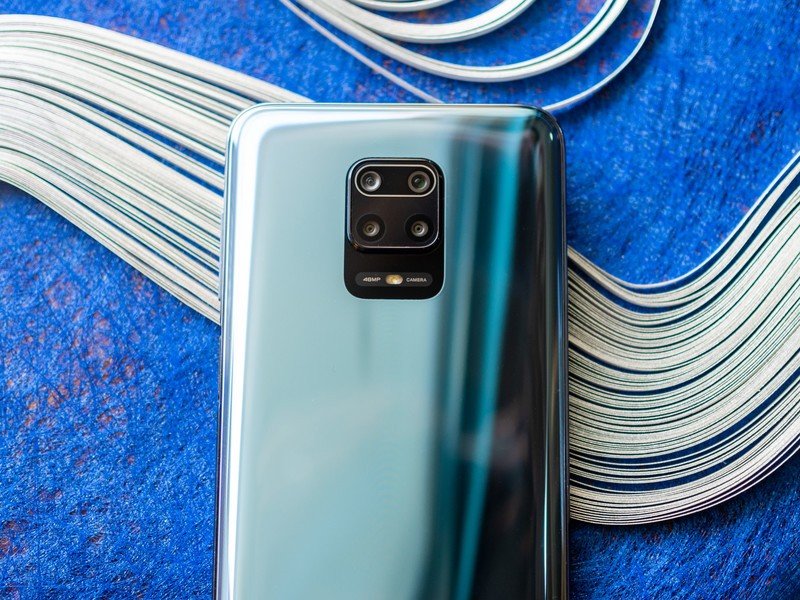
It's business as usual on the camera front. The Redmi Note 9 Pro has four cameras at the back, and this time the primary module is a 48MP Samsung GM2 sensor. The main camera is joined by an 8MP wide-angle lens with 120-degree field-of-view, a 5MP macro lens, and a 2MP portrait lens. Xiaomi says it got great feedback from the macro lens, and it's now enabling video from that module out of the box. At the front you get a 16MP camera with the same AI-assisted features as the primary lens.
Xiaomi is touting significant gains from the main sensor — including the ability to shoot in RAW and an overhauled Night Mode. With the brand losing out to Realme in this area last year, it needs to deliver. The little I've managed to shoot with the Redmi Note 9 Pro suggests Xiaomi has made tangible changes here, but I'll have more on this front in my full review.
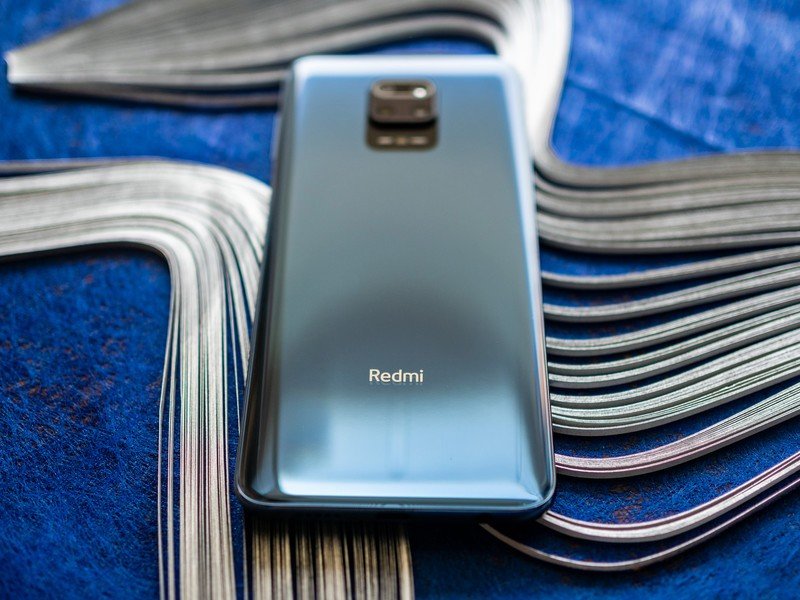
Overall, the Redmi Note 9 Pro brings a lot of exciting new features to the table. The phone is being positioned as the go-to option if you care about battery life, and the 5020mAh battery easily gives the Redmi Note 9 Pro an edge over just about everyone else in this segment. The updates to the internal hardware and cameras are also enticing, and you're getting great value here.
The 4GB/64GB variant of the Redmi Note 9 Pro will go on sale in India for ₹12,999 ($175), with the 6GB/128GB option available for ₹15,999 ($215). The Redmi Note 9 Pro Max in a 6GB/64GB configuration is available for ₹14,999 ($200), the 6GB/128GB is ₹16,999 ($230) and the 8GB/128GB model is ₹18,999 ($255). The Redmi Note 9 Pro will be going on sale from March 17, with the Redmi Note 9 Pro Max kicking off from March 25. Who's interested in buying one?

Harish Jonnalagadda is Android Central's Senior Editor overseeing mobile coverage. In his current role, he leads the site's coverage of Chinese phone brands, networking products, and AV gear. He has been testing phones for over a decade, and has extensive experience in mobile hardware and the global semiconductor industry. Contact him on Twitter at @chunkynerd.
